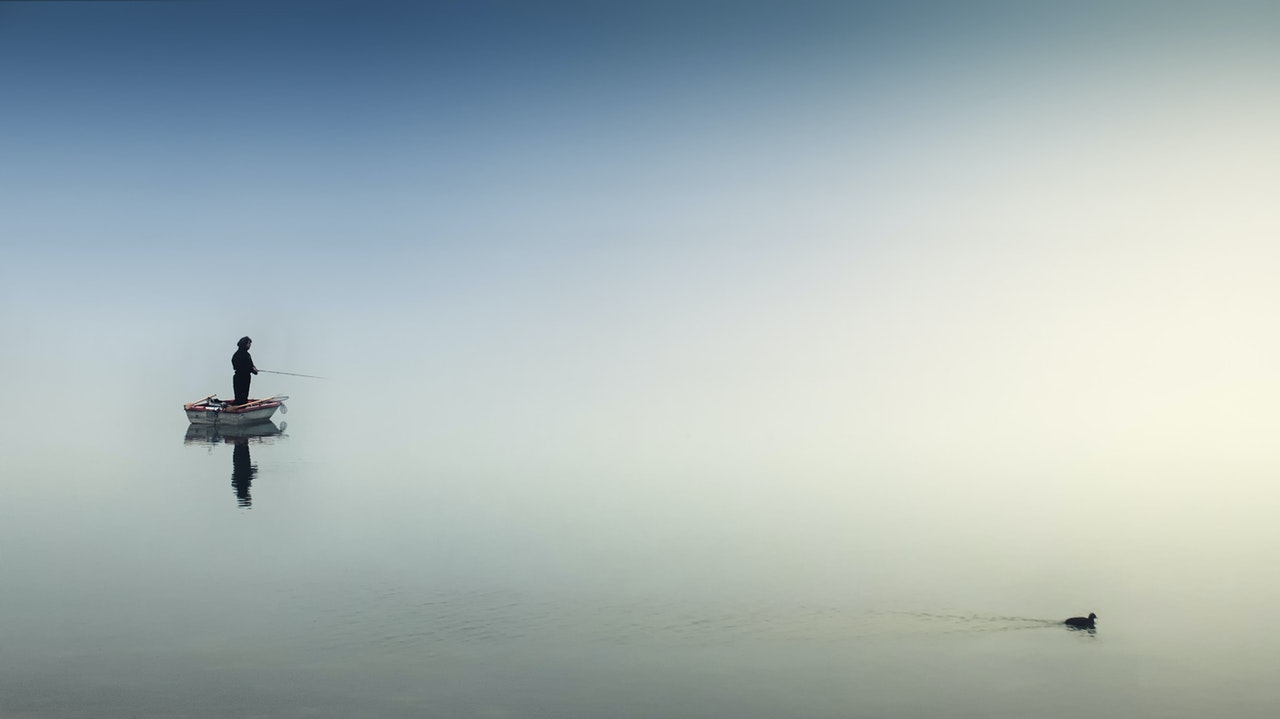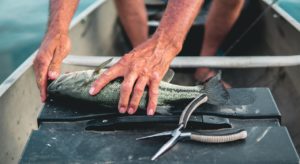
- Apr 16, 2020
- Agescan International
- Uncategorized
- 1 Comment
There are a lot of things that need to be taken into account when selecting a fishing jig. Not only do you need to select a jig that will be appealing to the specific kind of prey you are looking to catch, you need to take the terrain into account as well.
While there are a few general rules that most amateur sportsmen are aware of — for example, that you should use different types of jig head when fishing a rocky bottomed river vs. a grassy lake — one thing that is often overlooked by anglers who are new to the sport is sound.
The sound a jig makes might not play as decisive a role as shape or colour, but it is essential not to forget that fish do use their hearing to find prey in the water. High performance fishing jigs appeal to each of the fish’s senses to lure them in and get them to bite.
If you want to the best results from your next fishing trip, here are a few tips for selecting tackle and adjusting your casting and jigging techniques to make the most of them. 
1. Prepare for Multiple Environments
According to most fishing experts, there are basically five styles of jig. These jigs styles are optimized for different styles of fishing depending on what kind of prey you’re going for, and where you’re fishing for them.
For example, if you are going to be dragging your jig along the bottom of a rocky river, it will already make a fair amount of noise. You may not need to use a particularly loud jig to get the attention of fish in the area.
If, on the other hand, you’re fishing in heavy undercover, you don’t just want to make sure you use a flipping jig that will get the attention of the fish’s eye, you will also want to use noisy fishing sinkers or crankbait that includes a rattle, as fish like bass rely on their ears to hunt down prey in such conditions.
2. Use Tungsten Fishing Weights
Generally speaking, a jig is made up of three main components, fishing sinkers, hooks, and a body. While there is almost infinite variation in terms of the design of these individual components, but in most cases the major differences between types of sinkers all have to do with the sinker, which gives the jig its weight and also determines how it will be used.
The denser a sinker is, the more of a feel you will have for it underwater. This is why most anglers buy high quality tungsten fishing weights from companies like Agescan that provide greater sensitivity and deliver better results.
But tungsten fishing weights are also useful for the noise they generate. Even a fairly simple tungsten lure will be louder than a lure constructed using different materials, which is one of the reasons tungsten has s quickly outstripped lead as a material of choice.
Tungsten lures are also a non-toxic option, making them ideal for fishing in delicate ecosystems or areas where lead restrictions are in place.
3. Use Jigging Techniques Appropriate to Your Fishing Weights
Of course, using the right jigs isn’t enough if you aren’t also using techniques designed to maximize their impact. You’ll need to make sure your fishing techniques match the jig style if you want to attract the right prey.
For example, if you’re using a speed jig, you’ll want to ensure that it’s constantly moving up and down. This kind of jig is designed to imitate an injured baitfish, and the more commotion it makes, the likelier it is that a big bass will take a bite of it.
This is why, when you’re trying a new jig for the first time, you should do some research into which techniques are likely to deliver the best results. New tackle is a great opportunity to develop new fishing skills, and mastering noise-generating jigs is a sure-fire way to land more fish and bigger fish.
One of the things that makes fishing such an enjoyable sport is that there is always something new to learn. Whether you’re just starting out or you’ve been fishing your whole life, learning to get the most out of your jigs is a great way to keep pushing yourself to improve your skills as an angler.

Pingback: Why Anglers of All Skill Levels Prefer Tungsten Lures | Agescan International